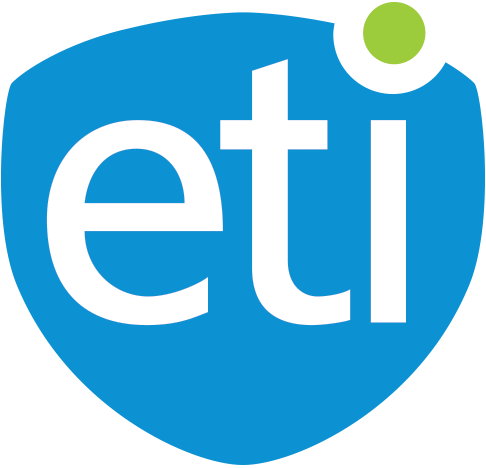

The business case for broadband network investment by Electric Cooperatives is a different analysis, broader and sometimes more complicated, than a traditional broadband access network. The EMC network must satisfy requirements for internal grid management, Advanced Metering Infrastructure (AMI), growing real time data from IoT as well as potential commercial backbone services for local enterprises, public sector (smart city), and end user access for consumer and enterprise data needs. EMCs have already built broadband networks realizing internal benefits from grid management and internal communications. However, membership demand in underserved areas as well as economic development opportunities have led EMCs to consider new business cases for building and operating broadband networks.
This is not normal broadband access – the economics and business model are different. The business case is a combination of better operational efficiency, and reduced costs as well as new services revenues, economic development returns, and community benefit. EMC networks can be member owned networks, public or private networks, enterprise networks, and/or access networks. Emerging network technologies SDN, NFV, CBRS, NB, mmW, & LTE offer lower total operating costs and future compatibility. IoT, machine learning, and augmented intelligence currently driving 5G deployment and network convergence will create new use cases with new market opportunities. It’s more than just access with different download speeds. New services, many more connected devices, new pricing and revenue models will drive new business models.
Regulatory and policy initiatives at the state and federal level provide incentive for more EMCs to make broadband investments. More than 100 EMCs are currently building new broadband networks and 200 more are evaluating the investment. Broadband consultants and engineers assisting cooperatives in analyzing the investment start with a feasibility study. The typical feasibility study focuses on a primary network technology and provides good budget estimates for building a network. But the revenue and operating costs assumptions are usually too broad.
Recent conversations with cooperative leadership highlights their need for more market analysis to support the business case and guidance on defining and implementing the broadband business model. The types of services demanded of a broadband network provider are expanding with IoT. Networks will have to support many more devices that require low latency. Networks will have to be device aware and secure for industrial automation. Different services will require different service levels and QoS which requires network slicing. Providing broadband service changes the relationship with membership and customers. Defining objectives for customer service and service quality are critical objectives. Delivering and managing broadband services require new infrastructure and skillsets.
A Market Assessment starts by defining specific business objectives to be met. It provides detailed and objective evaluation of market trends, potential customers, types of services desired, and competition for the proposed broadband services. It establishes a services roadmap and requirements for the network that drives the network technology plan. It provides more detail of opportunities, revenues, benefits, risks, and constraints. Analysis of the market data helps determine construction phases and sequence. Combined with a Feasibility Study, the business case is clearer.
A second analysis critical to the business case is the Commercialization Plan. This plan details the steps to launch the business and the business operations plan. It outlines the business model including, service offerings, infrastructure, organizational structures, sourcing, trading practices, and operational processes and policies. It describes key operational processes for network management, customer acquisition, services delivery, customer experience, and revenue cycle management. Resource requirements, operations budgets, and capital requirements are created for the first 2-3 years of operation. It provides the roadmap for preparing the business while the network is constructed.
Making the effort to research the customers in your service area, what they want, what they need, and their future plans is a critical analysis, especially giving the pace of new network technology and 5G deployment. Understanding how operating and selling a broadband network impacts the current business model is key to initial success and return on investment.
Questions? Contact ETI Software today to start a conversation.